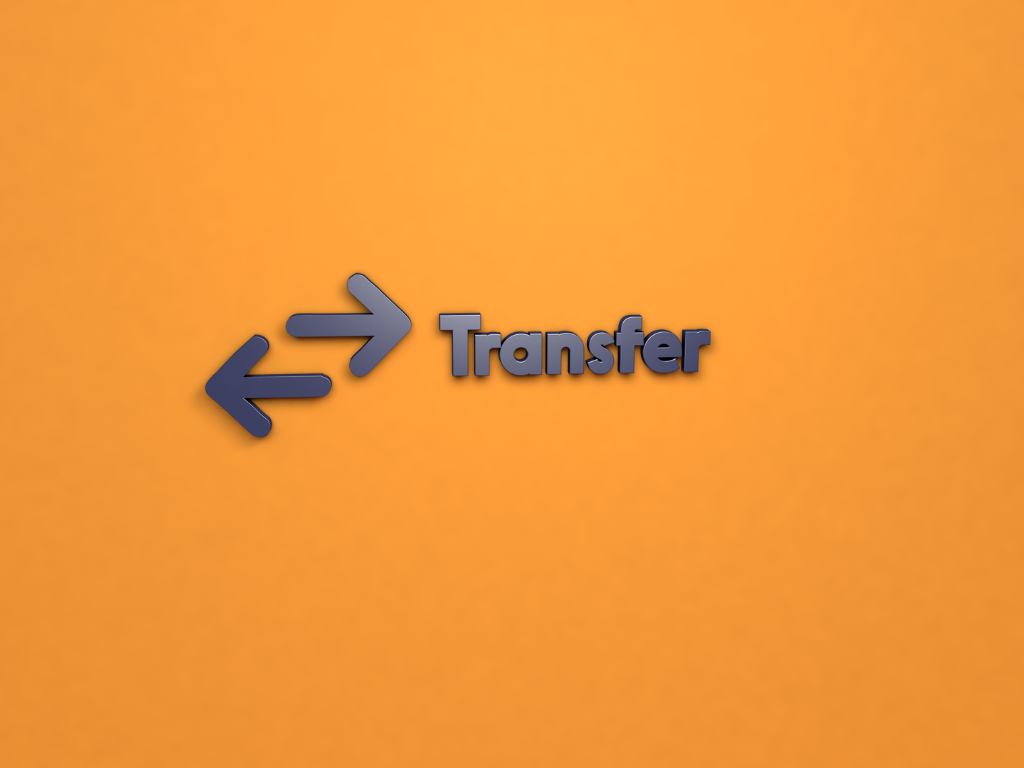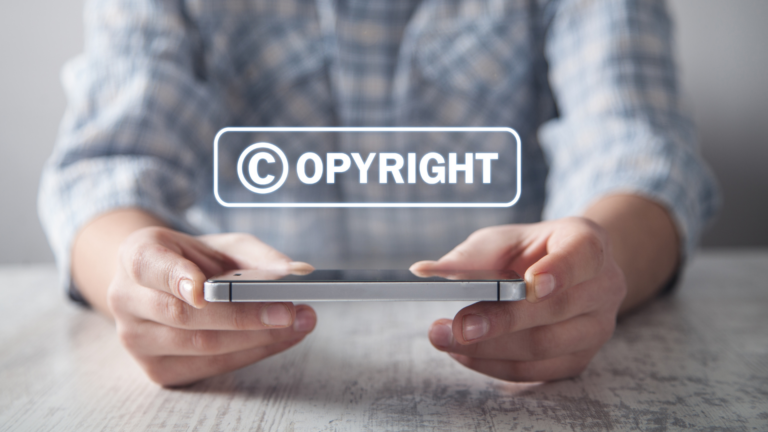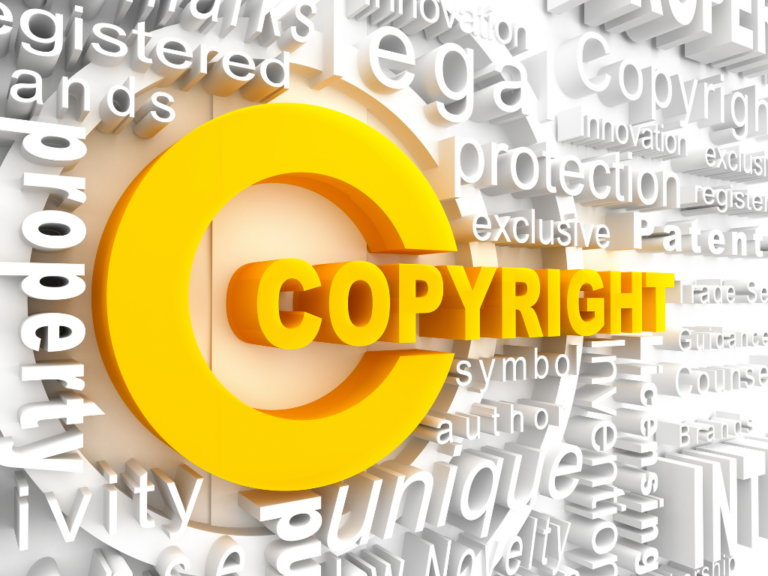Call us now:
Examples of copyright transfers in Vietnam. Copyright transfers in Vietnam can occur in various fields such as literature, music, software, and the arts. Below are some examples of copyright transfers in Vietnam.

Example of copyright transfer of a literary work
Mr. Hoang, a novelist, has completed a new novel. He wishes to transfer the copyright to the Literature Publishing House so they can publish, distribute, and sell the novel nationwide. Mr. Hoang and the Literature Publishing House hold meetings to discuss the terms of the copyright transfer. They negotiate the scope of the transfer, including the rights to print, distribute, digital copyright, and the right to create derivative works.
After agreeing on the terms, a copyright transfer contract is drafted. This contract details the rights being transferred and the terms related to copyright, including the duration of the transfer, the publisher’s obligations to protect the copyright, and the division of profits. Both parties sign the copyright transfer contract. The Literature Publishing House pays Mr. Hoang an advance and continues to make payments based on sales revenue according to the agreed percentage.
The publisher assists Mr. Hoang in registering the novel’s copyright with the Vietnam Copyright Office to ensure legal recognition and protection of the rights.
Through this copyright transfer, Mr. Hoang can focus on other artistic creations, while the Literature Publishing House uses the work for commercial profit. The novel is distributed more widely, reaching a larger audience, while its copyright remains protected in accordance with Vietnamese law.
Example of copyright transfer of a musical work
Ms. Linh, an independent musician, has composed a new song. She wishes to transfer the copyright of this song to a major recording company so they can produce, release, and market the song in the music industry. Ms. Linh and the recording company discuss the terms of the copyright transfer, including the scope of the rights transferred (such as the right to reproduce, distribute, and publicly disclose the work), the duration of the transfer, and the profit-sharing from the use of the work.
After reaching an agreement on the terms, a copyright transfer contract is drafted. This contract details the rights and obligations of both parties, including the payment Ms. Linh receives as an advance and her commission percentage on revenue. Once both parties agree to the content of the contract, they sign it. After the contract is signed, the recording company gains the right to use the song in accordance with the agreed-upon terms.
Through this transfer, Ms. Linh can focus on creating more new works while the recording company uses the song to generate profits from record sales, streaming, and other commercial activities. Ms. Linh also receives an advance and commissions based on revenue, while her reputation grows as the song is widely released.
Example of copyright transfer for computer software
Mr. Tuan, a software developer, has created a new project management application. He decides to transfer the copyright of this application to a large tech company so they can commercialize and widely distribute the product on the global market. Mr. Tuan and the tech company engage in discussions to agree on the terms of the transfer. These terms include the rights to reproduce, distribute, sell the product, and develop upgraded or modified versions.
A copyright transfer contract is drafted, detailing the rights and obligations of both parties. The contract covers the transfer duration, transfer price, and confidentiality terms related to the use and development of the software. Once both parties agree on the contract’s contents, they proceed to sign it. With the signing of the contract, the tech company gains the rights to use, distribute, and commercialize the application under the agreed terms.
Through this copyright transfer, Mr. Tuan receives appropriate compensation for his effort and intellectual contributions to the software’s development, while the tech company can leverage the product to generate profits from sales and licensing. This process also allows the product to reach a larger market and grow sustainably in the future.
Example of copyright transfer for photographic works
Ms. Ha, a professional photographer, has captured a remarkable collection of landscape photographs. An international travel magazine expresses interest in using these images for some of their upcoming articles. As a result, Ms. Ha and the magazine discuss and agree on the use of the photographs. They negotiate the scope of usage, the duration of use, and the financial terms related to the copyright transfer.
A copyright transfer contract is drafted, specifying that the magazine has the right to use the photographs for publication in its issues, both in print and digital formats. The contract also stipulates that Ms. Ha will receive royalties for each photograph used. After agreeing to all terms, both parties sign the contract. With the signing of the contract, the rights to use the images are transferred from Ms. Ha to the magazine.
Through this copyright transfer, Ms. Ha receives fair royalties for her creative efforts, while the magazine can use the high-quality photographs to enhance its content. This not only helps the magazine attract more readers but also boosts Ms. Ha’s reputation as a professional photographer.
Contact Us Now:
DCNH LAW
Address: 38B Tran Nhat Duat, Phuoc Hoa ward, Nha Trang city, Khanh Hoa province, Vietnam.
Phone: (+84) 343320223 – 974278893
Email: dcnh.law@gmail.com




